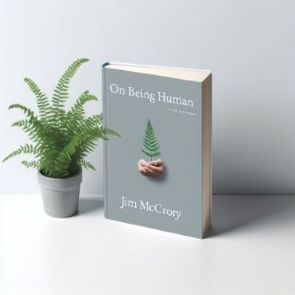The mountains are so glorious, and the air is so fresh and pure up here,
that it makes one feel glad to be alive."
Heidi by Johanna Spyri

Image generated with the assistance of Microsoft Copilot
I find myself contemplating the trajectory of modern children's literature as I reflect on the cherished books of my own childhood. Classics like Peter Rabbit, Pinocchio, Heidi, and the enchanting tales from One Thousand and One Nights, along with adventures like those of the Secret Seven, filled my early years with wonder. These stories, where good consistently triumphed over evil, presented a world where the harsher realities were softened by adventure, fantasy, and moral teachings, nurturing a belief in a hopeful, albeit sometimes perilous, world.
Today, however, the narrative landscape for young readers seems markedly different, reflecting a world that feels increasingly complex and stark. Contemporary children's books don't shy away from tough themes such as parental depression, bullying, and even abuse, prompting me to ponder whether this shift represents a healthy adaptation to the real world or an early theft of innocence.
There's a compelling case for this modern realism. Children today are often not shielded from life's adversities, facing everything from economic struggles to mental health issues within their families. Books that address these harsh realities can offer solace and understanding, presenting characters who share their troubles and triumphs. This literature can foster emotional intelligence, teaching empathy and resilience through characters' struggles and successes. After all, part of literature's role is to help us navigate and make sense of life, regardless of age.
Yet, despite recognizing these benefits, I'm drawn to the idea of preserving childhood innocence. The stories of my youth, such as Heidi, not only provided escapism but also cultivated a sense of safety and the belief that kindness prevails. They may not have mirrored the grimmer facets of life, but they cherished the joy of simplicity—a quality that seems increasingly scarce in today's fast-paced, interconnected age.
This brings me to question whether we're pushing our children into maturity too soon by introducing them to the grimmer realities through literature. Is it necessary for a child, still marvelling at the world, to understand the depths of addiction or the complexities of mental illness? Or should they be allowed the grace of a few more years where the greatest worry is the fate of a mischievous rabbit in a garden?
As much as I see the argument for realism, I can't help but feel that stories should also offer a sanctuary from adult concerns, preserving the magic and wonder of childhood as long as possible. Yet, I acknowledge that in our information-saturated era, children are often inadvertently exposed to mature content, making it arguably beneficial to provide them with narratives that equip them to deal with their realities.
This dilemma—whether to shield our children from harsh truths or to prepare them through the very literature they read—remains unresolved for me. It seems there might be a middle ground, a place for both the nurturing of innocence and the gentle introduction of life's harsher truths. Each generation must grapple with this balance, continually reassessing the role of children's literature as both the fabric of childhood and society evolves.
"I'll always say my prayers...and if God doesn't answer them at once
I shall know it's because He's planning something better for me."
Heidi